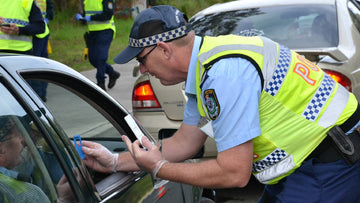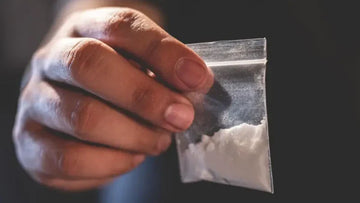Australia has recently implemented a significant new law in New South Wales aimed at cracking down on drug driving, giving police officers enhanced powers to address this pressing issue. This legislation, which came into effect quietly over the weekend, introduces new procedures for handling alleged drug drivers on the spot.
Key Changes Under the New Law
As of September 1, police officers now have the authority to arrest motorists who return a positive result from a roadside oral test for drugs. Previously, suspected drug drivers would need to be taken to a police station or a nearby testing bus for further examination. This streamlined process allows for immediate action, emphasizing the seriousness with which authorities are treating drug driving offenses.
When a driver tests positive, a first sample is sent to a lab for analysis, while a second on-the-spot swab test is conducted. If this second test also returns a positive result, the driver faces an immediate ban from driving for the next 24 hours. This swift response aims to reduce the potential dangers posed by impaired drivers on the road.
Context and Rationale
The introduction of this law comes in response to alarming statistics regarding drug driving in New South Wales. In 2023 alone, there were 17,507 positive drug tests recorded among motorists. Disturbingly, drug driving has been linked to more fatalities than drink driving in the state over the past year. According to the National Road Safety Partnership Program, delivered by Monash University’s Accident Research Centre, a quarter of drivers killed in road crashes had drugs other than alcohol in their system.
Implications for Motorists
This new legislation marks a significant shift in how drug driving is policed and highlights the urgent need for greater awareness among motorists. Here are some important implications:
Immediate Consequences: With the power to arrest on the spot, drivers must be acutely aware that a positive drug test can lead to immediate legal repercussions, including arrest and a driving ban.
Continued Vigilance Required: The law does not change the existing testing processes, which can culminate in potential prosecution if lab results confirm drug presence. Drivers must remain vigilant about both illegal substances and prescription medications that could impair their ability to drive.
Cultural Shift Towards Safety: By increasing the powers of law enforcement and the consequences of drug driving, this law aims to foster a cultural shift that prioritises road safety. The hope is that these measures will deter drug use while driving and ultimately save lives.
Conclusion
New South Wales’ new law to combat drug driving is a crucial step toward enhancing road safety and holds significant implications for motorists. By empowering police to arrest alleged drug drivers on the spot, the state is taking decisive action against a growing threat on its roads. With the tragic statistics highlighting the dangers of drug driving, this initiative underscores the importance of responsible driving practices and the serious consequences of impaired driving.






